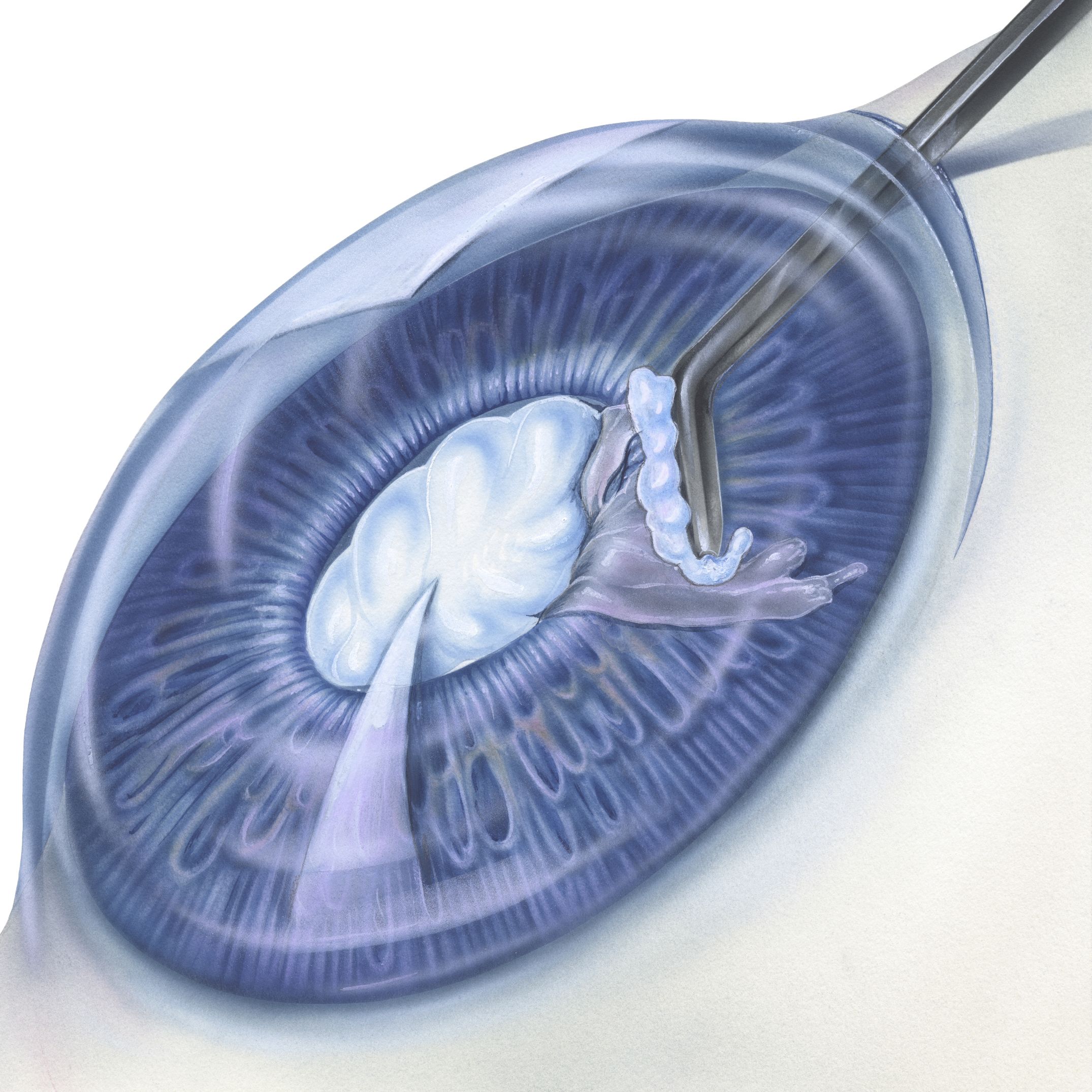 Cataracts are formations of proteins that build on the lens of the eye. Cataracts cause the otherwise clear lens to appear cloudy or fogged. Cataracts develop gradually, often over years, so they may not initially impact the vision, but they eventually lead to partial or total vision loss.
Cataracts are formations of proteins that build on the lens of the eye. Cataracts cause the otherwise clear lens to appear cloudy or fogged. Cataracts develop gradually, often over years, so they may not initially impact the vision, but they eventually lead to partial or total vision loss.
Because cataracts compromise the vision, they can impact a wide range of daily functions and activities, including driving. It is essential that people understand how cataracts can interfere with driving. Here, Dr. Raul Peña, who serves the Harlingen, TX, area, goes over cataract symptoms that can make driving more difficult, as well as the best way to treat cataracts and restore clear vision.
Cataract Symptoms
Cataracts are a progressive condition. This means that people do not suddenly wake up one day with vision loss. Instead, cataracts develop over time. In their earliest stages most people don’t even realize that they have cataracts, because they have no impact on the vision.
However, as cataracts progress, the vision will be affected. Symptoms are often easy to manage at first, but become progressively worse. Depending on the stage of development, cataract symptoms may include:
- Cloudy or blurry vision
- Fading or dulling of colors
- Double vision
- Compromised night vision
- Glares or halos around sources of light
- Increased light sensitivity
Can I Drive if I Have Cataracts?
Many people can continue to drive with cataracts, at least initially. As stated, cataracts are unlikely to affect the vision early on. Even as cataracts progress, increased vision prescriptions can often help our Harlingen patients correct the vision so that they can see well enough to drive and perform other daily functions. However, it is important that people monitor their vision.
If cataracts begin to have a significant impact on how images are processed, they can make driving a risk. Anyone who cannot pass the vision test required by the DMV should refrain from driving until cataracts have been treated.
How Will Cataracts Interfere with Driving?
Many of the symptoms associated with cataracts have a direct impact on driving. Cataracts essentially create an obstruction in the central field of vision, which makes it difficult to process images clearly and fully see the road and surrounding objects. Cataracts may interfere with driving by:
- Making it difficult to read traffic signs
- Making objects/images appear blurry or unclear
- Making it difficult to see in bright light
Cataracts can make it risky to drive during the day, but they are likely to have a particular impact on night time driving. People with cataracts often see glares or halos around sources of light. When driving at night, streetlights, traffic lights, and headlights can all create glares, which makes it extremely difficult to see surrounding roads, vehicles, signs, and pedestrians clearly.
Treating Cataracts
When cataracts begin to impact the vision and interfere with daily functions, like driving, it is time to consider treatment. Prescription lenses can provide some relief, but often only for a limited amount of time. Eventually our Harlingen patients will require cataract surgery. This procedure removes a lens that has been damaged by cataracts, and replaces it with an artificial, or intraocular lens. Intraocular lenses essentially work as permanent contact lenses to provide clearer vision.
Contact Peña Eye Institute
If you are suffering from cataracts that are compromising your vision and interfering with driving, it is time to consider cataract surgery. To learn more about cataract treatment, as offered at Peña Eye Institute, send us a message online, or call (956) 264-1200.

